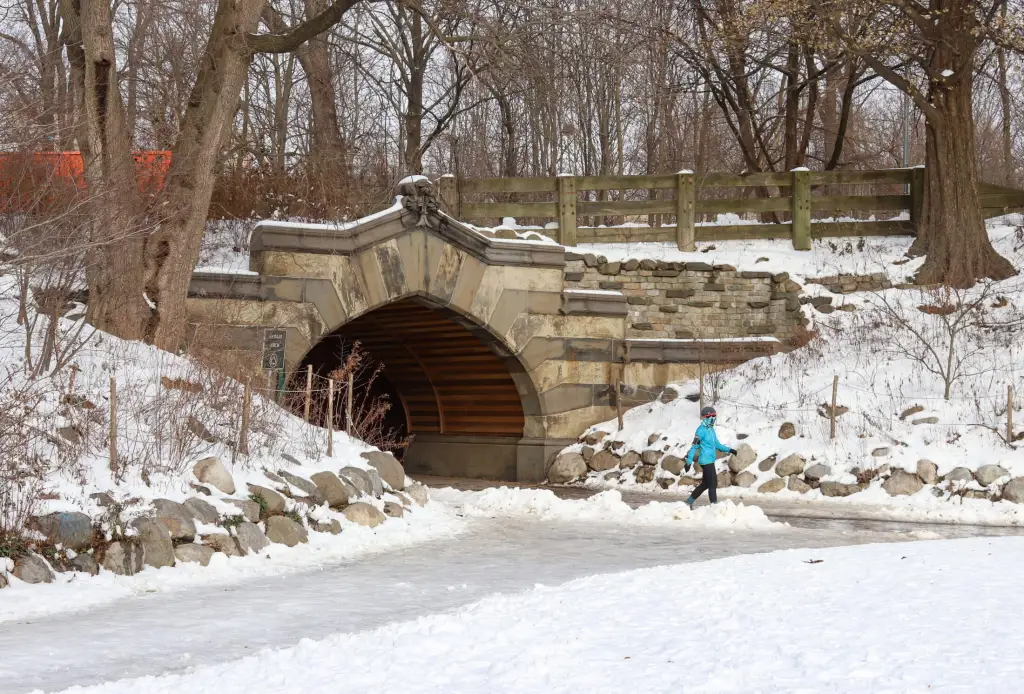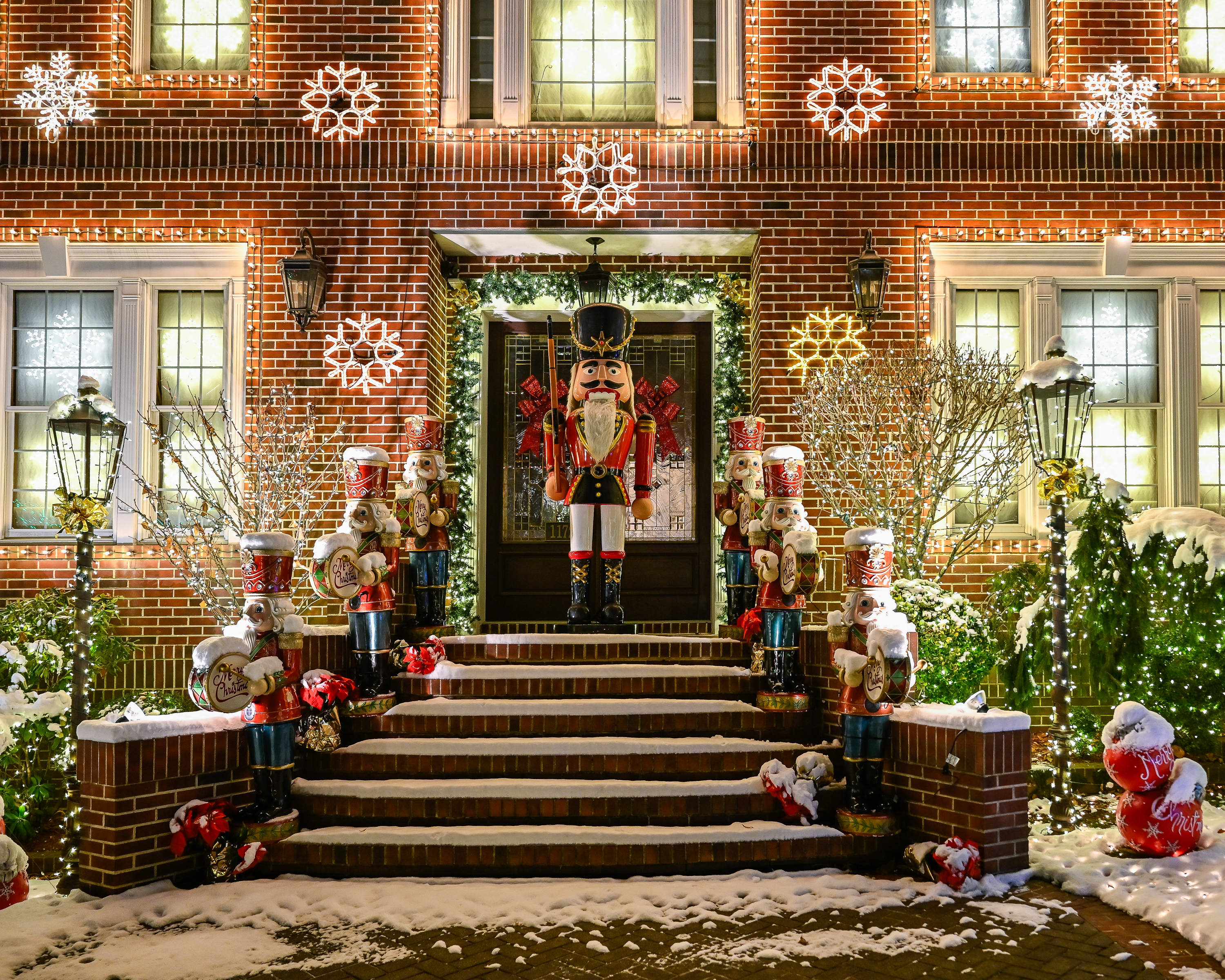On Violence and Progress in Bed-Stuy
Coffee shops may be falling like dominoes in some neighborhoods (Park Slope lost two this year: Tea Lounge and Café Eleven), but in Bedford-Stuyvesant, The T-Cup Café is flourishing. And thus the café represents a shift in Bed-Stuy, a symbol of its reinvention. The NY Times peeks in on the ‘hood this week, finding that…


Coffee shops may be falling like dominoes in some neighborhoods (Park Slope lost two this year: Tea Lounge and Café Eleven), but in Bedford-Stuyvesant, The T-Cup Café is flourishing. And thus the café represents a shift in Bed-Stuy, a symbol of its reinvention. The NY Times peeks in on the ‘hood this week, finding that there’s much more to it than the two killings (a bus driver, stabbed to death and a 14-year old, shot to death) that occurred within 24 hours last week. “Like many of the city’s low-income neighborhoods with an abundant stock of brownstones, Bed-Stuy has undergone drastic change in recent years. Comparatively low apartment rents have drawn musicians and artists, unbeatable lease terms have drawn shop and gallery owners, and relatively reasonable home prices have attracted a growing number of home buyers, at least until recently.” Besides the T-Cup, a new soul food restaurant owned by the Brookses, a real-estate-owning local family of elevator mechanics, called B Boys Cafe (above), just opened (on the day of the shooting, alas). And then there is the Brooklynite Gallery, over on Malcolm X Boulevard. And before you insist that Bed-Stuy is changing from white flight-reversal, they offer this: “Many of the people driving the changes in the neighborhood are black.”
A Neighborhood in Transition, Sometimes Uneasily [NY Times]





P.S. To put the violent crime rate in perspective, the rate in nearby Bushwick was 1800 and in nearby Ocean Hill/Brownsville, which is one of the worst in the city, was 2200. In 1990, the rate of violent crime in Ocean Hill/Brownsville was 8000. Isn’t that incredible? And the rate of violent crime in many of these now “good” neighborhoods was over 2000 — so, worse than the 81st precinct and equal to one of the”worst” neighborhoods now.
Let’s hope these recent incidents don’t presage a dip back to the 70s/80s/90s.
I was in Peaches this Sunday having an absolutely fantastic brunch (catfish and grits AND a side of french toast — who knew french toast could be a side?) and I think it’s fair to say Bed Stuy is exploding with new, chi-chi places and many of them are black owned and that’s newsworthy. The NYT hadn’t written about that and now they have. It’s a perfectly valid story.
Meanwhile, at a party Saturday night on the LES a friend who lives two blocks from where the bus driver was shot was talking about the shooting.
Coincidentally, I am on the verge of buying a place near there (Ocean Hill) and was trying to convince another friend (born and raised in Brooklyn) that Bed Stuy (81st precinct) is safe, but he wasn’t having it.
I am also a journalist and would not be surprised if the Bed Stuy gentrification story was in the works and they had to update it with the shootings. They could hardly ignore them. It makes for a “timely” story, if nothing else.
But is it misleading? I think it is. If you look at comp stat, the rate of violent crime in the 81st precinct, which is the Eastern part of Bed Stuy, and includes Stuyvesant Heights, is astonishingly low. For 2007, there were approx 1500 reported “serious” crimes. If you look at the same stats for the Upper West Side, Park Slope, Cobble Hill, Carroll Gardens, Fort Greene, etc., the rate is about 800 to 1000 incidents per year. They should have said that in the story.
OTOH, my recollection is that the murder rate in most of these areas is about 2 and in Bed Stuy it’s higher, like 7 or 9. (I can’t get the stats to load right now for some reason.) So, you know, it’s like four or five times higher, but the rate is still low. It’s not like the murder rate is 80 or 300, as I recall it was in some cities in the 80s and 90s.
As for the heroin addict, it’s probably an accident. An unfortunate accident. The reporter was out looking for someone to quote, found this guy talking about the murder, talked to him, he mentioned he was a recovering addict — the reporter isn’t going to leave that out, it’s colorful, this article isn’t a brochure issued by the chamber of commerce. The article is not asserting a general truth about the percentage of the population of Bed Stuy who do or don’t use heroin, merely that this particular man said he was a recovering addict on this afternoon.
Except of course everyone who reads the article will assume this means everyone in Bed Stuy is a recovering addict. Plus any work of nonfiction also works somewhat like a work of fiction and I’m sure the author thinks his recovering addict is a kind of metaphor for the neighborhood and his entire story as a whole — syncedoche.
“this strange foreign place where you have to the watch the savages”
I think you might be imposing something on that article which is not there. If you can point to somewhere in the article that leads you to think that, point it out. And I say that bearing in mind that the NYT readership is generally understood to have a liberal bent.
But dittoburg psychos running people over in there cars on 34th street or even worse flying into downtown buildings at 10am have greater psychological impacts but I don’t see the times saying Manhattan is this strange foreign place where you have the watch the savages.
All of these “lifestyle” pieces in the media are there for one thing — to drive advertising. They add nothing to public knowledge or discourse. The irony is that despite this, newspapers are not still bleeding. And many of their readers remain ignorant of the serious issues confronting us.
Amzi, I think the bus driver being stabbed to death in broad daylight in front of tens of passengers has a psychological impact beyond that of many other murders. Even the tragic “accidental” shooting of a 14 year old child, which we seem to hear of every few weeks or so. As jaded as the NYC populace is to murder, some really stick out. I agree though, it was an akward splicing of otherwise unrelated things.
This was a very strange article. It was like two articles that only had Bedford Stuyvesant in common. Talk about a killing on a brownstone street or a coffee house. It like saying a killing happens in Soho now all of Manhattan is dangerous.
“Many of the people driving the changes in the neighborhood are black.”
DING DING DING!!! It’s amazing what a walk around the neighborhood can do for a reporter.
Now, if we can only get the journo to reconsider the obligatory “low- income neighborhood” description. Overall, Bed-Stuy certainly isn’t a wealthy community, but it has always had a large, solid black middle class and there are certainly poorer areas in NYC. To characterize it as “low income,” I think, is inaccurate.
I know, I know, Brenda, et al. If the cafe had been in Crown Heights, we’d have references to the riots, the “uneasy peace” between black and Jews, and some equally colorful appreciation of Caribbean cooking, Bob Marley, and kosher delis. None of which would have any actual bearing to the actual topic at hand, of course.
Well, hopefully someday, we’ll all get written up with “just the facts”, and not as either an exotic travel piece, or with flak helmets as in a warzone.
Fledging journalists…are you listening?